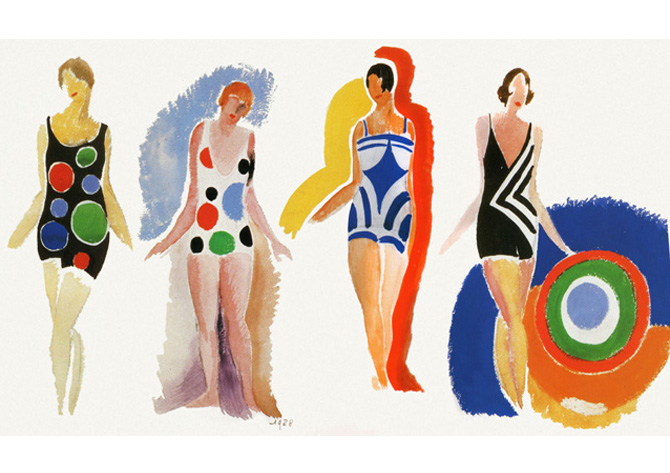
When we came up with the idea of the Women’s Room, there was never any dispute about what we were aiming to do, who our readers were or what we were going to write about. We mulled the idea over for weeks, scuttling off for secret lunch’s almost hysterical with excitement as we so knew it was a great idea. We would be writing for women just like us. What’s not to like? The only thing we couldn’t think of, was a name.
Walking down Lambs Conduit Street (after my first visit to Persephone books) in the July sunshine, middleagedad and I were discussing this. I had been enthusing about Persephone and how much I loved reading, especially female writers. ‘What’s the best book you’ve ever read?’ he asked. It was a light bulb moment, and I didn’t hesitate. It was and always will be The Women’s Room by Marilyn French. I quickly rang Amanda and knew if she hadn’t read it and didn’t agree straight away, it wasn’t the perfect name. Of course she knew it and absolutely loved it and The Women’s Room blog was born.
The Women’s Room was written over 30 years ago and still touches a nerve today. We follow the central character Mira through her childhood and teenage years, and how she knows she doesn’t want to be like her mother. Inevitably she marries dull Norm, has two children and they move to suburbia. The other women she meets have complicated, frustrating lives and the bonds they share help them through the daily grind of mind numbing domesticity and wifely duties. They are united in their contempt of men and the lives they find themselves burdened with. Eventually Mira and Norm are divorced and Miras life begins at Harvard graduate school aged 38. Here she meets a group of independent, opinionated women who live life to the full.
I wont tell you any more because if you haven’t read it, you have to, and if you have read it, you will already know the ending.
We read it as teenagers and although we hadn’t yet encountered many of the issues covered in the book, it touched a profound nerve and was to inform our thinking for years to come. As Linda Grant said, ‘It wasn’t the story of my generation of feminists, but it was the story of the generation that made everything possible for us.’
I re-read it again a couple of years ago and was nervous that I would find it dated and corny. But as a married women with children I found it resonated more now than ever. Ok its not the 1950’s and we don’t need the feminist movement to fight our causes like women did then, but it still covers issues relevant to women of all ages and illustrates so perfectly the bonds women form to see us through hard times.
The word feminist is not a popular term with the younger generation and they are often unaware of how previous generations fought long and hard to allow them to have the liberated lives that they take for granted. I tell my daughter all the time (especially when she’s watching Americas Next Top Model!) that she should consider herself a feminist, and when the time comes, I have a brand new copy of the Women’s Room ready for her, as mine is falling apart!




